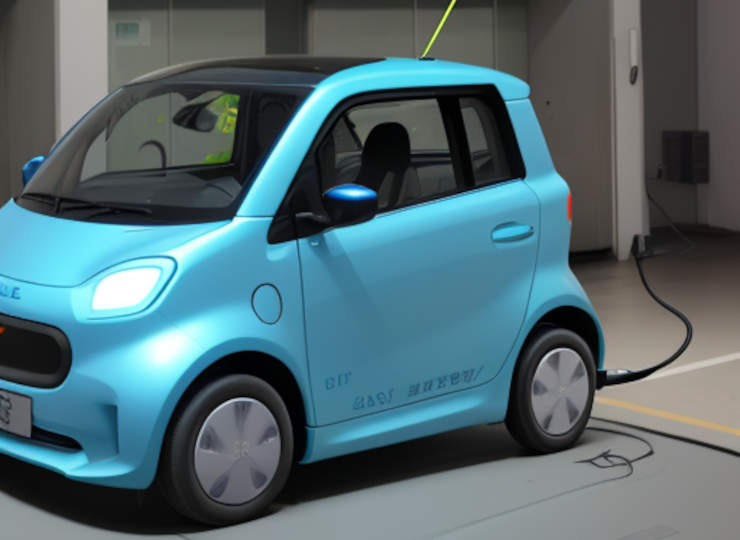文字のサイズ
- 小
- 中
- 大
Small, low-cost BEVs will determine the fate of
Global BEV sales are on the verge of a plateau.

After the early adopters’ demand has run its course, the majority pile that should follow has been slow to move: BEV manufacturers such as Tesla and BYD have announced a series of price cuts for 2023, but the share prices of both companies have fallen, due to a lack of interest in over-competitiveness.
The fact that sales are skewed towards the larger segments is another reason for the sluggish growth of BEVs: according to T&E research, of the BEVs launched in the EU since 2018, 40 are in the A/B segment and 66 in the D/E segment.
The B segment is the largest segment, accounting for 37% of overall sales in 2023, but this drops to 17% when limited to BEVs, indicating that automakers have prioritised the development of larger models, which are more profitable, as it is difficult to reduce BEV costs.
However, the development of small, low-cost BEVs can no longer be avoided by vehicle manufacturers. If no action is taken, they will lose market share to the Chinese and other competitors who have developed them quickly.
Methods for developing low-cost BEVs include narrowing down production models, compromising on cruising range (around 200 km), using relatively inexpensive batteries (LFP, sodium-ion batteries, etc.), integrating/simplifying thermal management circuits (refrigerant-based configuration like BYD and Nissan Sakura) and SDV (cost recovery after sales through OTA updates). There are Overall cost reduction through DX of development/production will also continue to be required.
In addition to these low-cost BEV development methods, information on the future of powertrains, such as hybrids, hydrogen and eFuel, will also be published.






